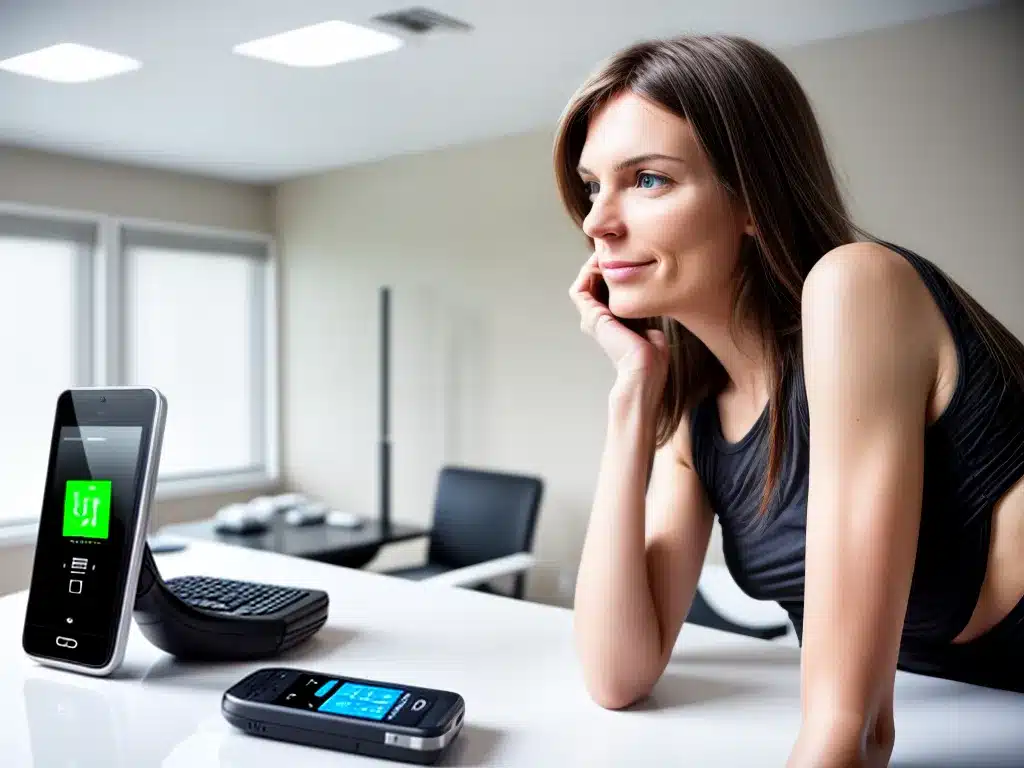
Improving your cell signal inside your home or office can be frustrating. Dropped calls, slow data speeds, and spotty service negatively impact your ability to stay connected. A network cell signal booster provides an effective solution to boost weak cell signals and improve overall performance.
What is a Cell Signal Booster?
A cell signal booster, also known as a cell phone signal booster or amplifier, is a device that amplifies weak outside cell signals and rebroadcasts a stronger signal indoors. It works by receiving the weak outside signal with an exterior antenna, amplifying the signal through a built-in amplifier, and retransmitting the boosted signal indoors through an interior antenna.
The main components of a cell signal booster are:
- Exterior antenna – Mounted outside to capture the cell tower signal
- Interior antenna – Mounted inside to rebroadcast the boosted signal
- Signal amplifier – Boosts the signal between the exterior and interior antennas
- Cables – Connect the components together
Cell signal boosters are compatible with all major carriers and require no subscriptions or monthly fees. They just boost whatever signals are available in your area.
Benefits of a Cell Signal Booster
Installing a cell signal booster provides the following benefits:
- Stronger signal – Boosts weak outside signals up to 32x for fewer dropped calls and faster data
- Expanded coverage – Extends cell reception to hard-to-reach areas
- Faster data speeds – Improves 3G and 4G LTE data for streaming and downloads
- Reliable connections – Fewer lost connections and dead zones inside your home or office
- All carriers – Works with AT&T, Verizon, T-Mobile, Sprint, and more
Factors that Impact Cell Signal Strength
There are several factors that can contribute to poor indoor cell reception:
- Distance from cell tower – Being farther away leads to weaker signals.
- Obstacles – Materials like concrete walls, metal framing, and reflective glass block signals.
- Interference – Other devices like microwaves and wireless networks cause interference.
- Older building materials – Some construction materials excessively block radio frequency signals.
- Location in building – Areas like basements, inside rooms, and corners receive weaker signals.
A cell signal booster can overcome these challenges by capturing the weak outside signal and rebroadcasting a much stronger signal on the interior.
How a Cell Signal Booster Improves Indoor Reception
A cell signal booster works in three main steps:
-
The exterior antenna receives the weak outside cell signal from a nearby tower.
-
The signal amplifier boosts the signal and filters out interference and noise.
-
The interior antenna rebroadcasts the boosted signal, extending coverage to hard-to-reach areas.

Diagram showing how a cell signal booster improves reception inside.
The result is a stronger overall signal, expanded indoor coverage, fewer dropped calls, faster data speeds, and more reliable connectivity inside your home or office.
Selecting the Right Cell Signal Booster
Choosing the correct signal booster involves three key factors:
- Carrier frequencies supported
- Building size and construction materials
- Signal strength outside
Frequencies – Boosters must support the frequencies used by your wireless carrier in your area.
Building size – Larger buildings require a more powerful booster with a higher gain amplifier.
Outside signal – The weaker the outside signal, the higher the gain booster needed for optimal coverage.
Shopping for a booster from a reputable manufacturer is recommended, as they can provide guidance to select the appropriate equipment for your specific needs. Professional installation is also advised to optimize performance.
Installing Your Cell Signal Booster
Proper installation of a cell signal booster involves several key steps:
-
Selecting locations with the strongest outside signal for exterior antenna placement. Rooftops or outside walls work best.
-
Positioning the interior antenna in a central location inside the building at a high elevation.
-
Mounting the antennas correctly and pointing the exterior antenna towards the closest cell tower.
-
Connecting all components and cables securely and routing cables from exterior to interior.
-
Adjusting the signal booster settings for optimal gain and amplification.
-
Checking for interference with other electronic devices and fine-tuning as needed.
-
Following all safety procedures and manufacturer’s instructions during installation.
Professional installation by a cell signal booster installer is highly recommended to ensure proper setup and maximize performance.
Real-World Examples and Performance Results
Actual customer reviews and testimonials provide real-world examples of how cell signal boosters can improve indoor cell reception:
“We went from one bar of service to full service in every room. No more dropped calls and we can use data anywhere in the house now.” – Linda, homeowner
“I installed a booster in my pharmacy and it made a huge difference. Before we couldn’t even use our scanners linked to the cell network. Now everything works great.” – Mark, pharmacy owner
“My booster improved signal strength from -120 dBm outside to -70 dBm inside. Download speeds jumped from 1 Mbps to 15 Mbps on LTE.” – Brian, office manager
In summary, cell signal boosters are an effective solution for improving poor cell reception inside buildings. Correctly installed boosters can expand coverage, reduce dropped calls and slow data, and provide a strong and reliable signal in areas that previously had weak reception. The result is better connectivity for voice calls and internet access.












